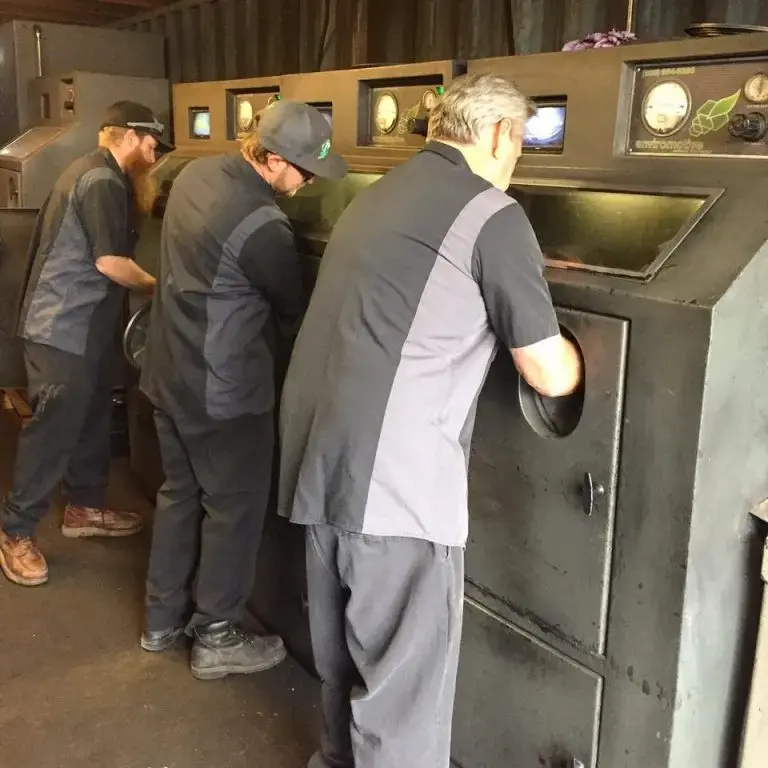DPF Cleaning Procedures: A Better Alternative to Deleting
- The Enviromotive Experts

- Feb 24
- 2 min read
Updated: Sep 3
There is a lot of misinformation surrounding diesel particulate filter (DPF) maintenance. Some believe passive and active regeneration are enough, while others resort to deleting the DPF system entirely. However, removing a DPF is illegal and comes with serious financial penalties.
Individual truck owners can be fined $2,500 per incident.
Large trucking companies risk paying hundreds of thousands of dollars in penalties.
Instead of deleting your DPF, following proper DPF cleaning procedures ensures compliance, extends the life of your filter, and improves engine performance.

Understanding Passive and Active DPF Regeneration
DPF regeneration is an automated process designed to burn off soot and prevent filter clogging. However, it does not remove incombustible ash, meaning periodic manual cleaning is still necessary.
Passive Regeneration
Occurs naturally when a truck is running at highway speeds, where exhaust temperatures are high enough to burn off soot. Trucks operating in stop-and-go traffic often struggle to reach these temperatures, making passive regeneration less effective.
Active Regeneration
If passive regeneration fails, the engine control unit (ECU) initiates an active regeneration cycle by injecting fuel into the exhaust to raise temperatures above 600°C (1,112°F). This process helps burn off soot but does not remove ash buildup.
When to Perform a Full DPF Cleaning
Even with regular regeneration, soot and ash buildup can reduce engine performance and fuel efficiency. Signs that a DPF needs professional cleaning include:
Increased frequency of passive and active regenerations.
Decreased fuel economy and power output.
Warning lights indicating high exhaust backpressure.

DPF Removal and Cleaning Process
A diesel mechanic will remove the filter and perform a deep cleaning using DPF cleaning equipment. This typically involves:
Baking the filter to loosen hardened soot and ash.
Using forced air or liquid cleaning to remove contaminants.
Inspecting the filter for damage before reinstalling it.
At Enviromotive, we offer both air-based and liquid-based cleaning systems:
EvacuBlast (air method)
EvacuFlush (fluid method)
Avoid Costly Fines: Maintain Your DPF Properly
Deleting your diesel particulate filter is not a solution—it can lead to legal consequences, higher maintenance costs, and reduced engine efficiency. Instead, follow proper DPF cleaning procedures to:
Ensure compliance with emissions laws.
Extend filter lifespan and prevent costly replacements.
Improve fuel efficiency and engine performance.
📞 Call us at (800) 954-8265 to learn more about DPF cleaning solutions, or explore our EvacuBlast and EvacuFlush systems today.


